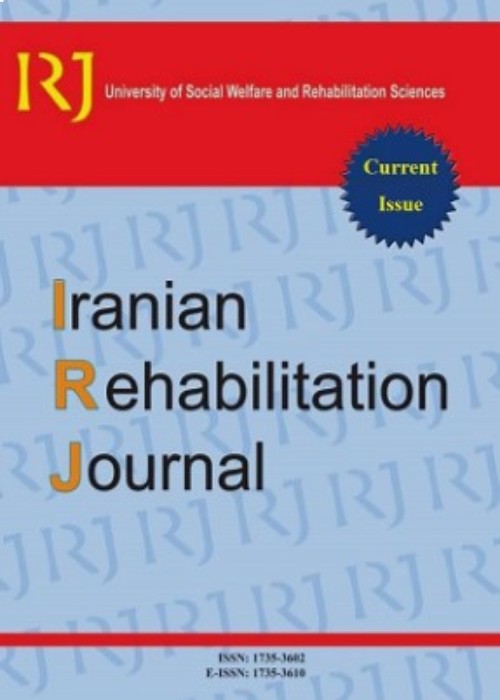Electromyography-based Fatigue Assessment During Endurance Testing by Different Vibration Training Protocols
This study presents a method of assessing muscle fatigue during endurance testing at 50% maximal voluntary contraction (MVC) using electromyography (EMG) information as indirect indices of fatigability in the forearm muscles, namely, flexor digitorum superficialis (FDS); flexor carpi ulnaris (FCU); extensor carpi ulnaris (ECU) and extensor carpi radialis brevis (ECRB)." This study presents a method of assessing muscle fatigue during endurance testing at 50% maximal voluntary contraction (MVC) using electromyography (EMG) information as indirect indices of fatigability in the forearm muscles, namely, flexor digitorum superficialis (FDS); flexor carpi ulnaris (FCU); extensor carpi ulnaris (ECU) and extensor carpi radialis brevis (ECRB).
A randomized comparative experimental design was used during endurance test with 8 VT protocols; based on different combinations of vibration frequency (35 & 45 Hz), amplitude (3±0.5g & 9±0.5g), and exposure duration (30 & 60 seconds), i.e., were given to the study participants for 4 days. A random sampling of participants was conducted from two groups (n=56/group), as follows: individuals with a Sedentary Lifestyle (SL) and a group of Construction Workers (CW).
Multivariate Analysis of Variance (MANOVA) results indicated a significant increase in EMG rms, median frequency, waveform length, mean absolute value (P<0.001), and the variance of EMG signal (P<0.05) (except in ECU for the SL group and ECRB for the CW group on the variance of EMG signal) after VT in all muscles of both research groups. Therefore, an increase in the EMG parameter value after a grip endurance task revealing an elevation in EMG signal amplitude is indicative of muscle fiber fatigue. Furthermore, the strongest correlation was found between grip endurance and WL (r=0.471, P<0.001), and EMG rms (r=0.401, P<0.001) of the ECU muscle in the SL group only.
The patterns of EMG signal represented the amplitude and spectral parameters of the signal, enabling real-time fatigue analysis. Additionally, surface EMG information is useful for indirectly evaluating performance fatigue during the endurance test.
- حق عضویت دریافتی صرف حمایت از نشریات عضو و نگهداری، تکمیل و توسعه مگیران میشود.
- پرداخت حق اشتراک و دانلود مقالات اجازه بازنشر آن در سایر رسانههای چاپی و دیجیتال را به کاربر نمیدهد.


